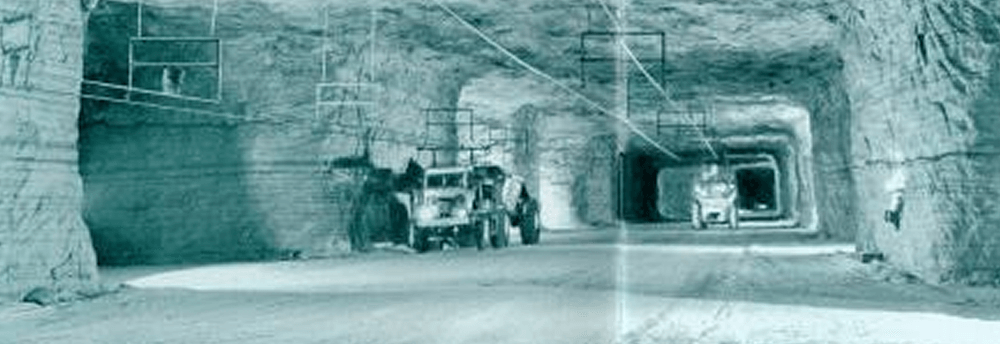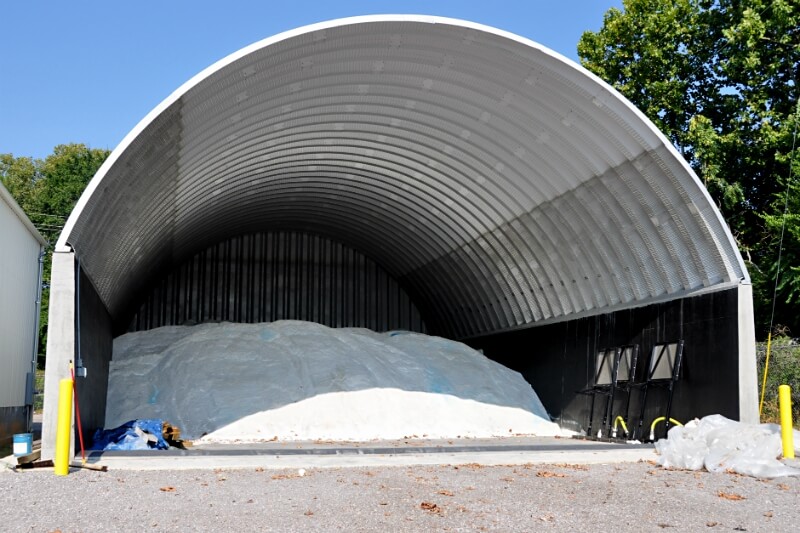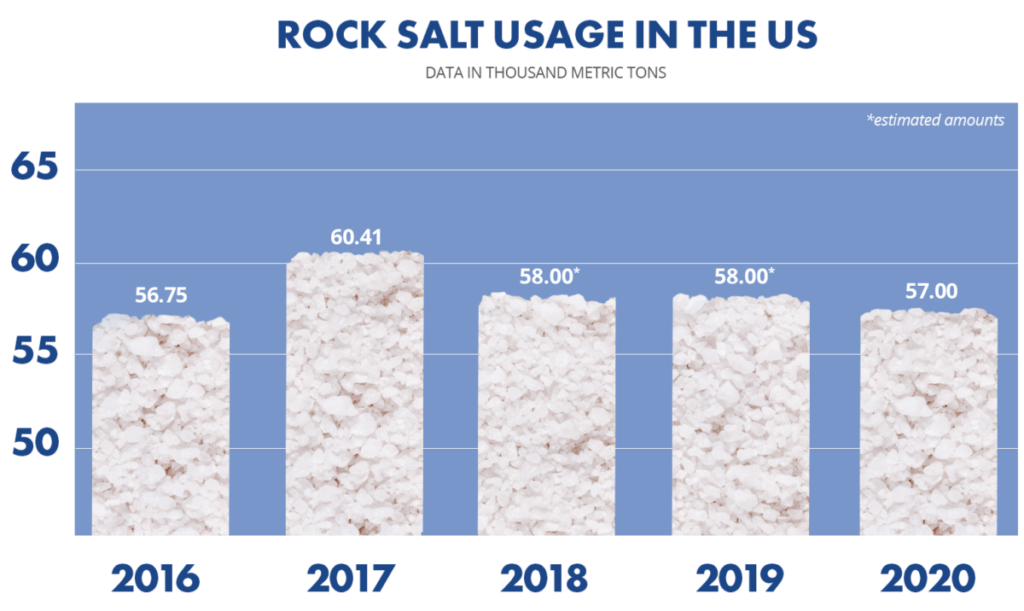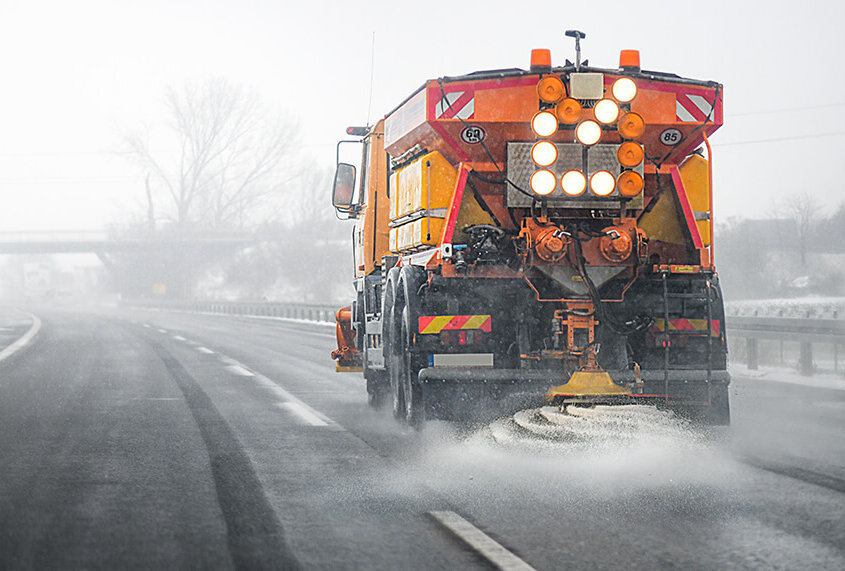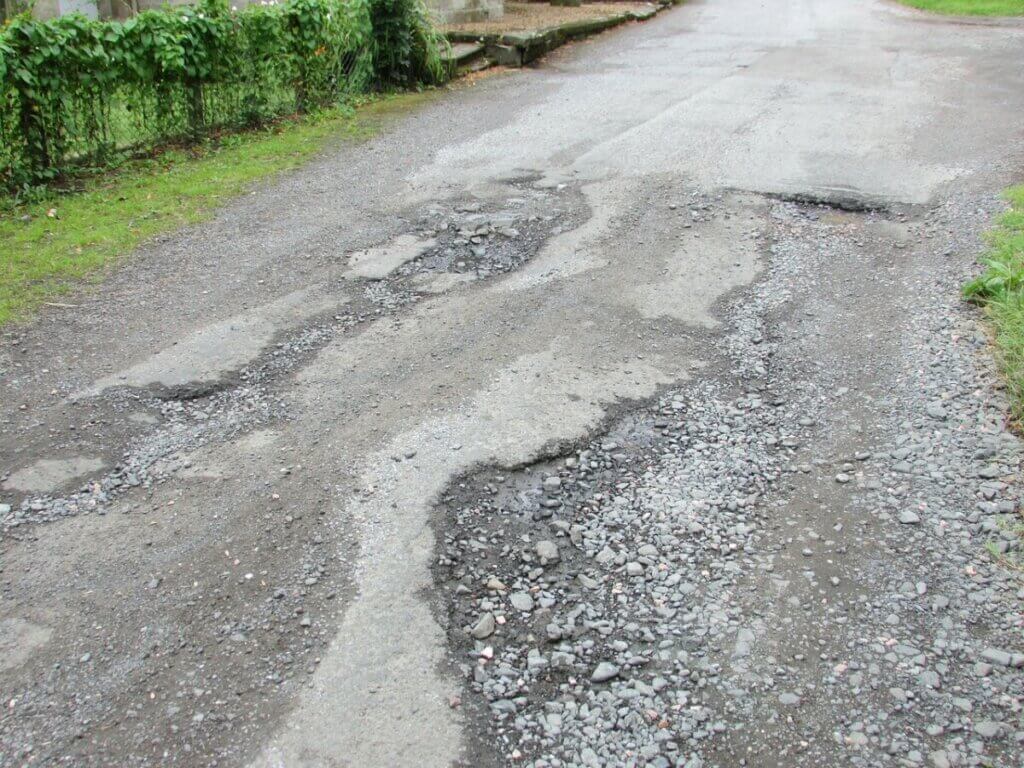The most important opinion of the season is in, and it’s official: Punxsutawney Phil has proclaimed 6 more weeks of winter.
Punxsutawney Phil, the weather prognosticating groundhog, predicted six more weeks of winter during the 136th celebration of Groundhog Day on Gobbler's Knob in Punxsutawney, PA. pic.twitter.com/Nn71VmfNXG
— The Hill (@thehill) February 2, 2022
Wasn’t the answer you were hoping to hear? Tell us about it!
But, misery loves company! We’re all in this together – especially when it comes to dealing with winter road conditions.
Let’s check out one culprit that serves us well in wintry moments, but eventually leads to rapid pavement degradation we must confront in the spring.
Where does salt come from?
If you didn’t already know, this will blow your mind!
Rock salt, or road salt, is dynamited from the walls of shafts in long-evaporated, underground ancient seas across the US. Once excavated, it is carried off to be processed into a usable and uniform size.
So is rock salt any different from table salt? The answer is anticlimactic!
It’s not that different from the NaCl on our kitchen tables and countertops. The main differences are the size of the crystals and the additives found in table salt for nutritional and texture reasons.
While their chemical compositions are similar, you do not want to sprinkle any rock salt on your dinner! Road salt can also be made from sodium chloride, magnesium chloride and calcium chloride, and has not been refined or purified in any way.
How is salt stored?
Our rock salt does need somewhere to call home!
Many state governments have guidelines as to how rock salt should be stored. For example, Mass Gov’s best practices include:
- Store salt on a flat pad under a roof
- Make sure there is adequate space for piles
- Don’t store salt near any drinking water supply
How much salt do we actually use?
While data from local governments is somewhat elusive, state governments order salt by the tons! Thousands of tons to be exact.
MNDOT reports using 365 thousand tons of salt annually. Numbers in states like Maine and Massachusetts are much higher, coming in at half a million tons per year!
On a slightly smaller scale, PennDOT has used an average of 161,000 tons of salt each year during the last five years to keep 95,600 lane miles passable. These efforts require 2,350 trucks, plows, and salt spreaders operated by 4,700 on-the-road workers, not to mention the additional trucks and employees that are rented during the season.
Other Impacts from Salt
While road salt offers short-term safety, it can also lead to long-term damage.
Roads
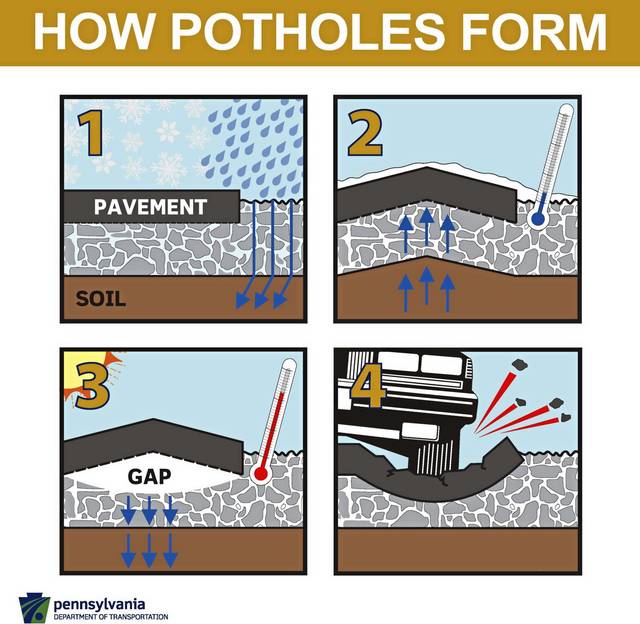
The freeze/thaw cycle can be the bane of Public Works’ existence. Every year, water from rain or snow seeps into existing cracks on the road surface. As the temperature drops lower, the water expands, causing potholes to form.
While potholes are lurking under the slush, the road salt is wreaking its own havoc.
When used in large quantities, it has corrosive effects on pipes, grates, and other road-adjacent infrastructure. Coupled together, salt and potholes can create the “perfect storm” for road damage to proliferate. The EPA states that salty roads cause about $5 billion worth of damage every year.
Environment
In ancient times, “salting the earth” was something conquerors did to land to prevent crop yield as a symbol of dominance, and for good reason. Salt can have serious environmental consequences on drinking water and wildlife.
In November 2021, Wisconsin group Salt Wise urged for taking a “less is best approach” with salting roads.
They state that salt seeps into groundwater supplies and throws off the balance that freshwater organisms need to survive, echoing the concerns of the Environmental Protection Agency (EPA). From having negative impacts on zooplankton’s ability to photosynthesize to causing drought-like symptoms in various kinds of vegetation, salt can significantly impact ecosystems’ ability to thrive.
Vehicles and Metals
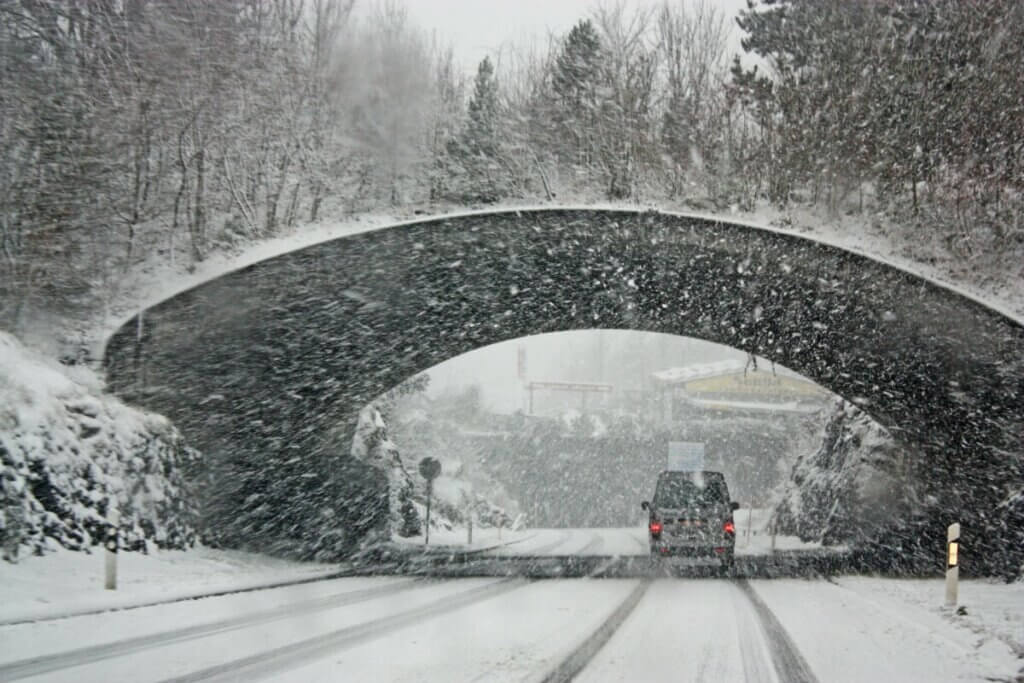
Vehicles also experience the corrosive effects of salt. Simple preventative measures, like waxing before winter sets in and washing regularly, can help prevent compounding damage.
Salt can have similar effects over time on steel-based infrastructure like water grates, manhole covers, and even bridges and bridge support- which is why keeping track of infrastructure conditions over time is critical to realizing the damage that’s been done year over year.
Cites on Reduced Sodium Diets
Many cities are taking action to reduce their road salt use and its negative impacts.
NextCity reports that Lake George Village, New York, switched to using a brine solution that reduces the amount of salt needed and aims to prevent snow from sticking to the roads. They also modernized the edges of their snow plows to allow more snow to be removed. These two changes alone reduce the amount of salt used by 30%.
If you can’t have it salty, you might as well sweeten the deal by saving money! This is exactly what the City of Pittsburgh did by adopting new technology like snow plow trackers and changing their salt mixture. They reduced their salt use from 917 to 376 tons and saved upwards of $1 million dollars.
Measuring Effects and Planning Mitigation
While our addiction to salt won’t be solved soon, there are measures local governments can take to mitigate its damage.
When it comes to squeezing value out of your roads, preventative maintenance is key; however, preventative maintenance strategies often can rely on manual processes that lead to subjective decisions.
With widespread accessibility of technology like smartphones, GoPros, and drones, adopting a more data-driven approach to preventative maintenance is easier than ever.
RoadBotics technology lets you collect data for your entire road network using a smartphone and provides AI-generated condition ratings for every 10 foot section.
The assessment is delivered on an interactive, color-coded map, which makes it easy to see the big picture, plan maintenance activities, and track progress all year long.
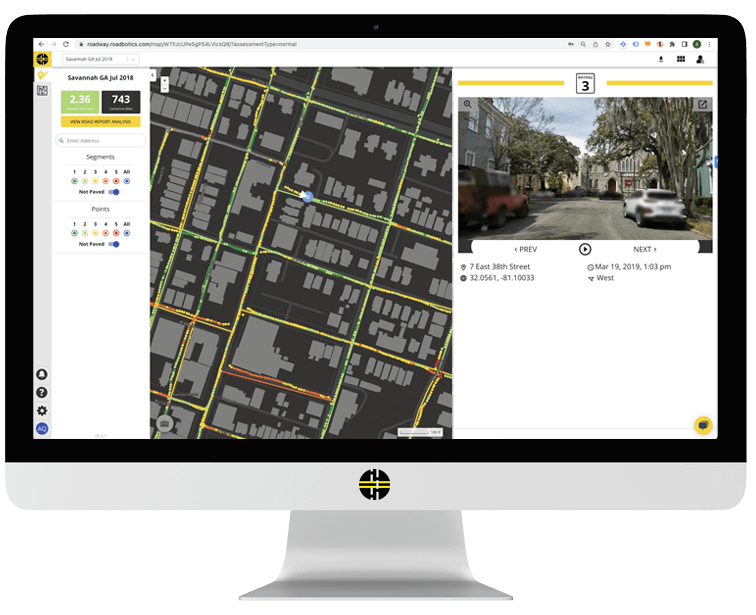
Interested in seeing our technology in action? Schedule a meeting with a RoadBotics Expert today!

